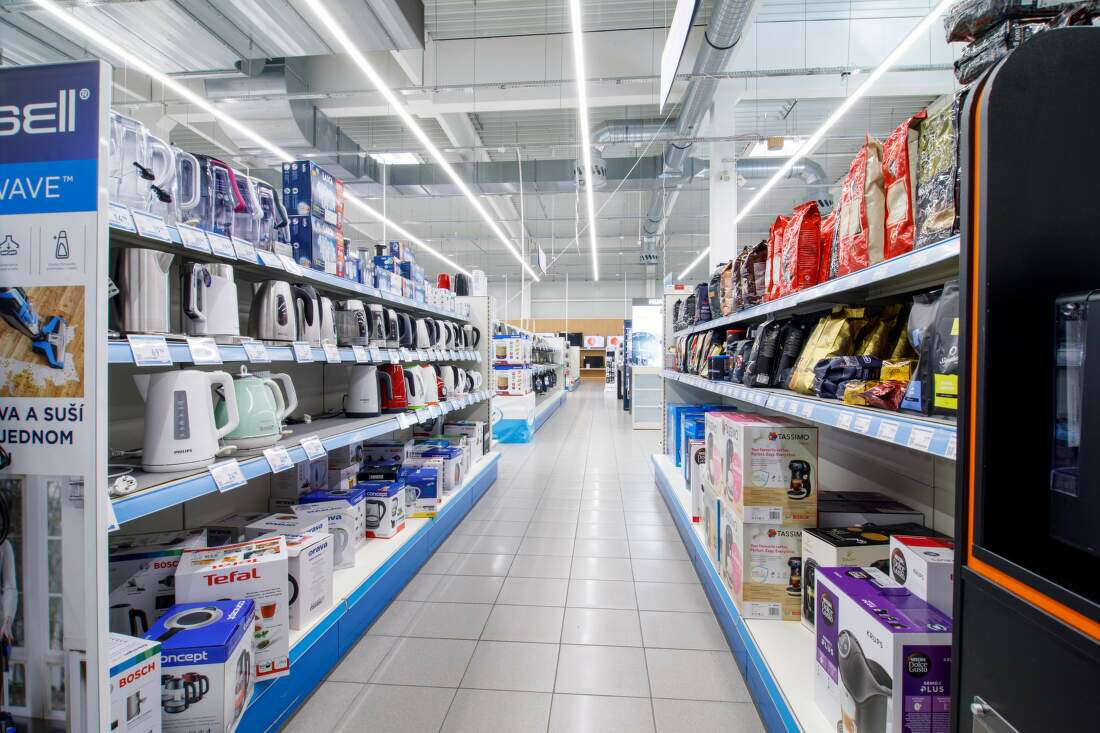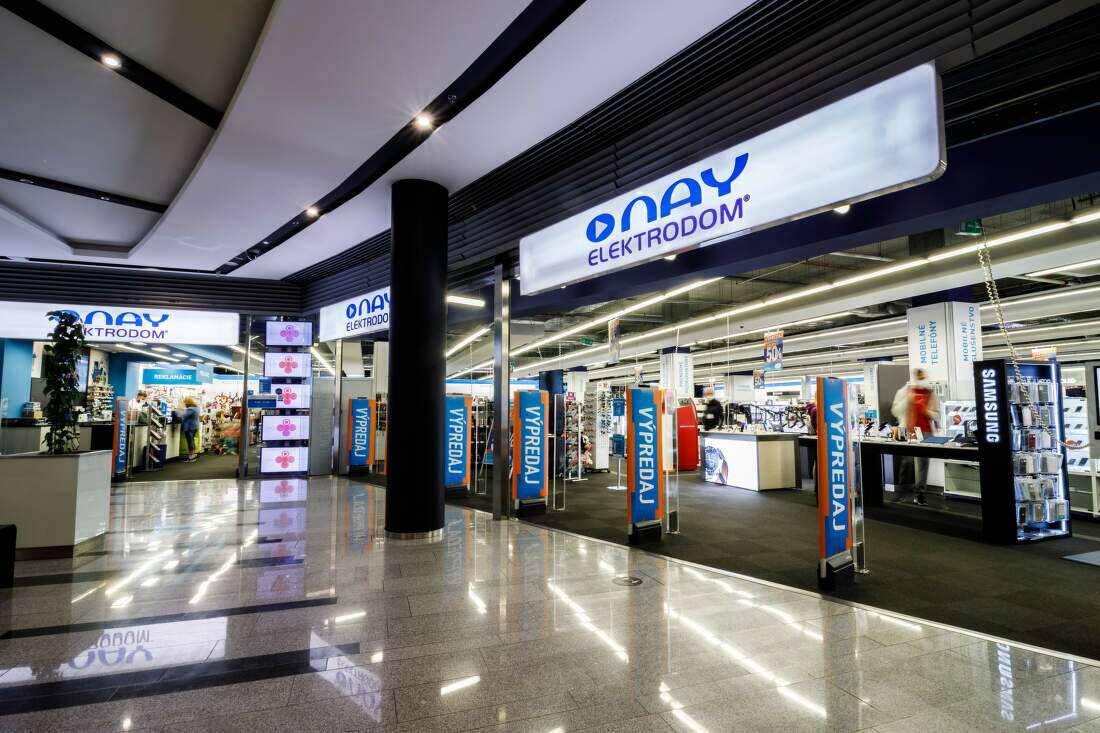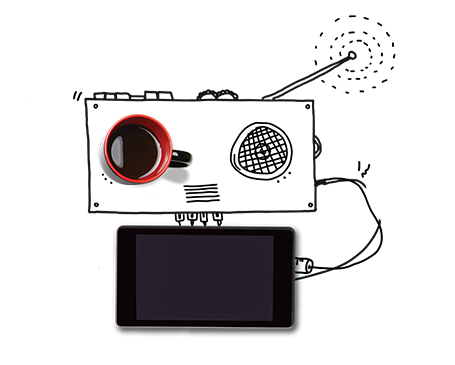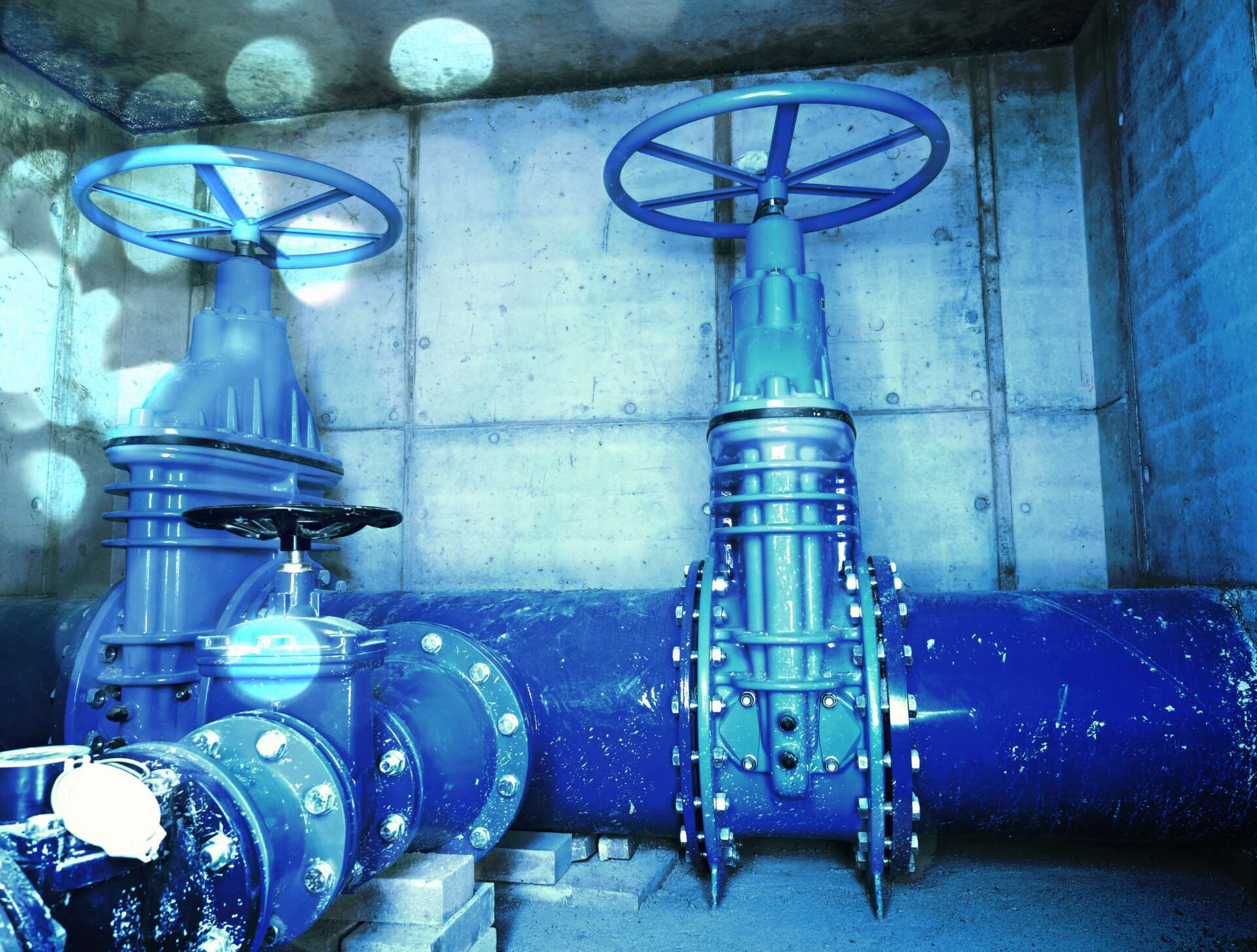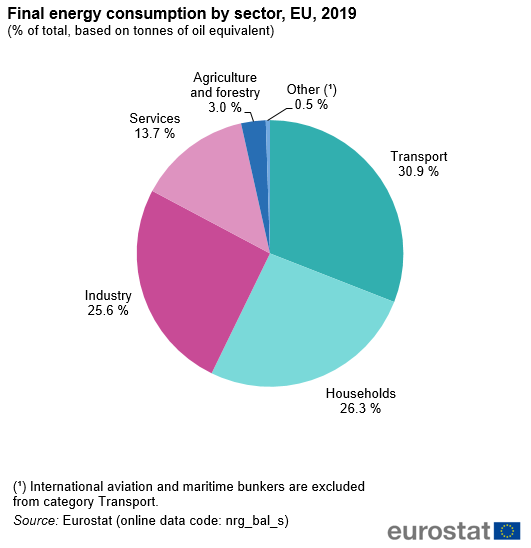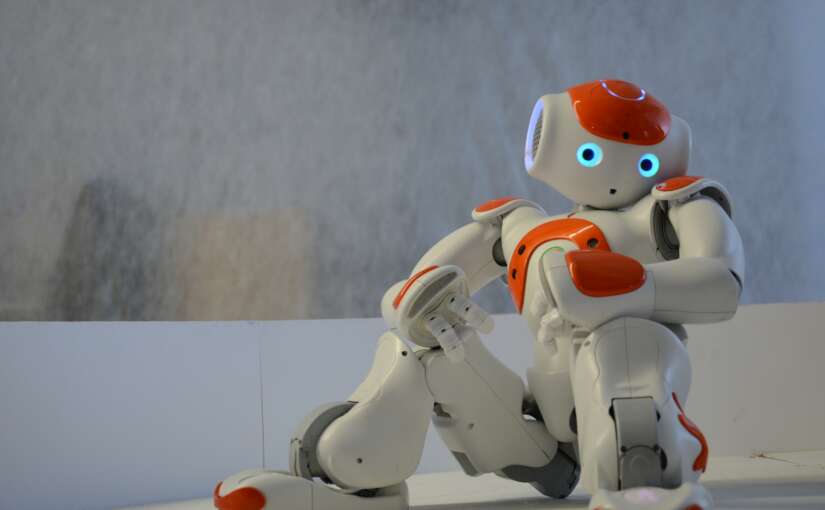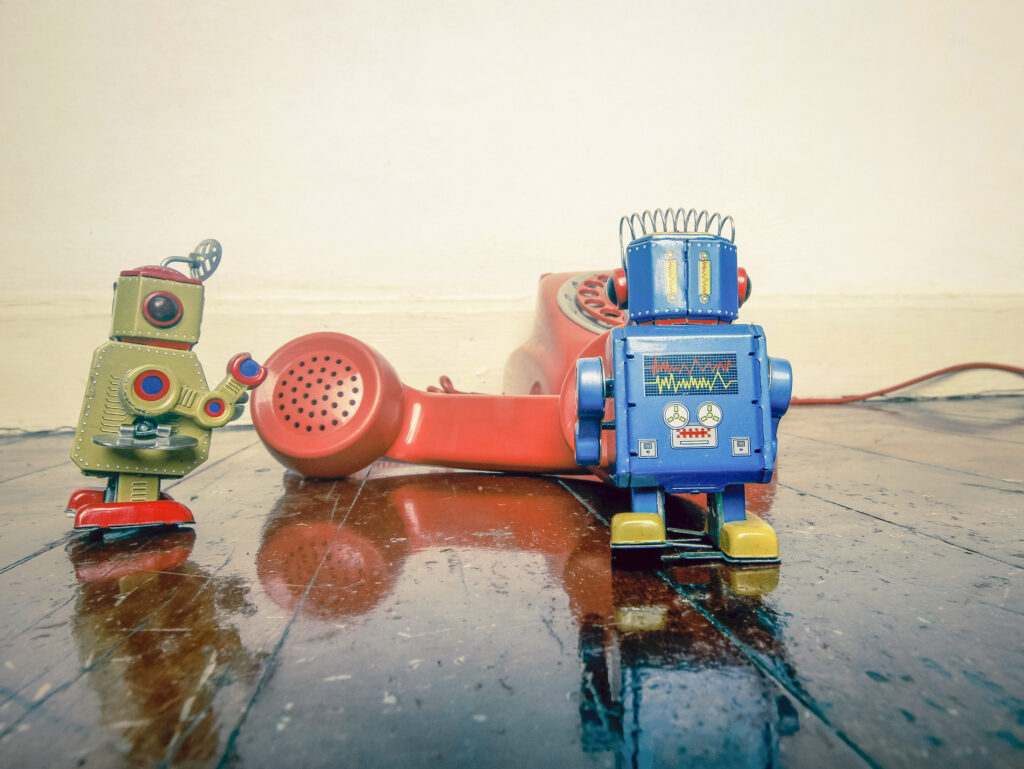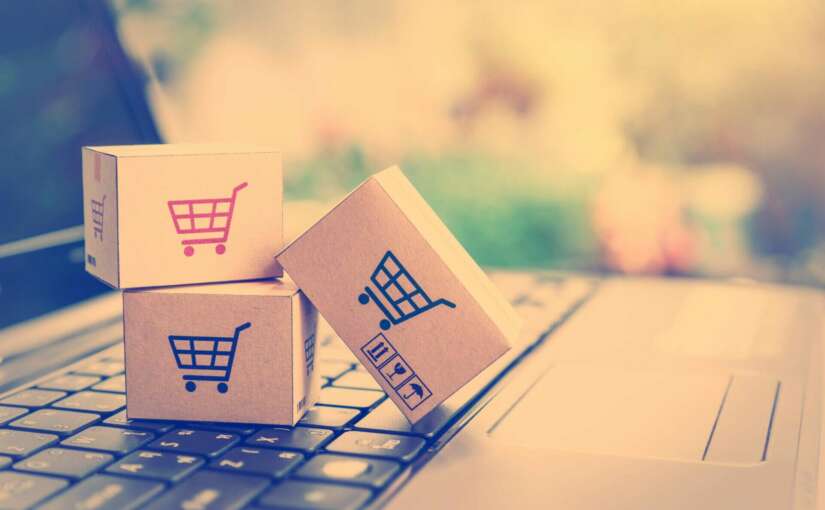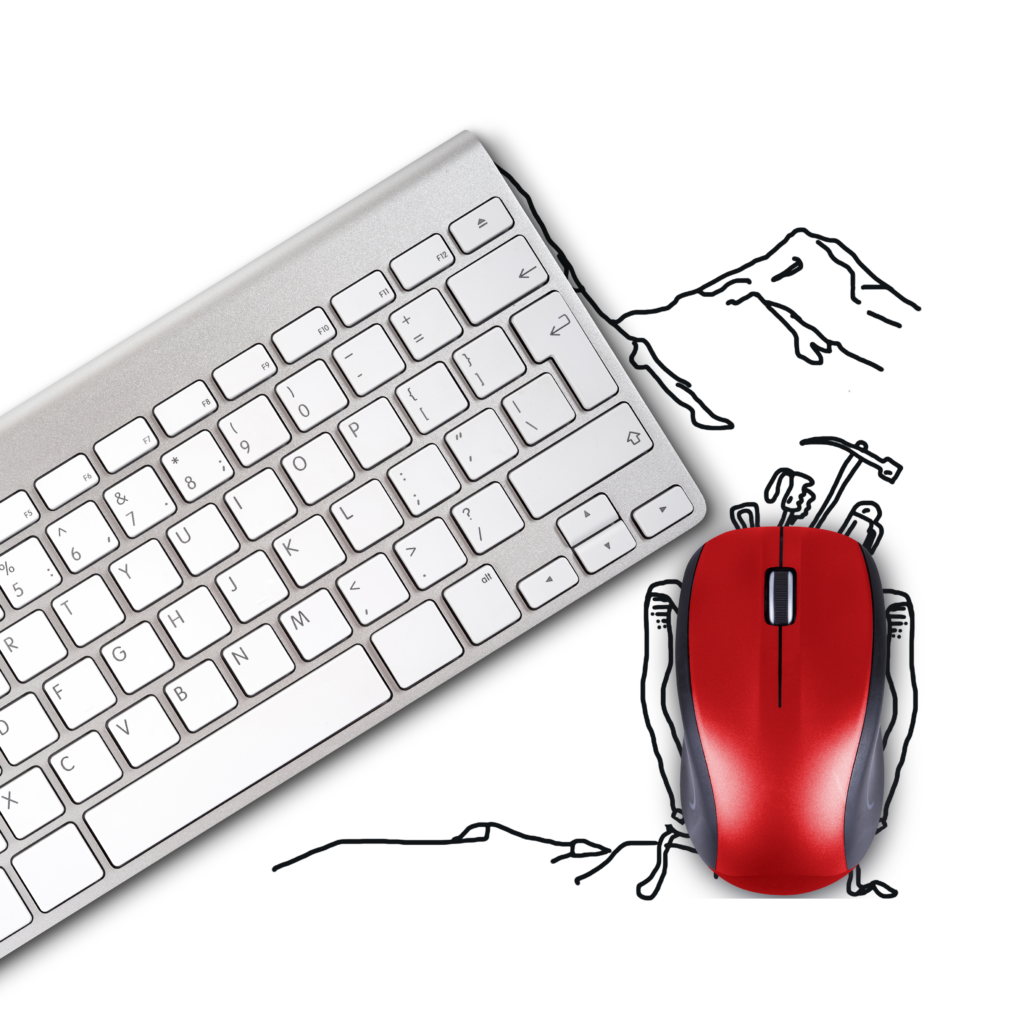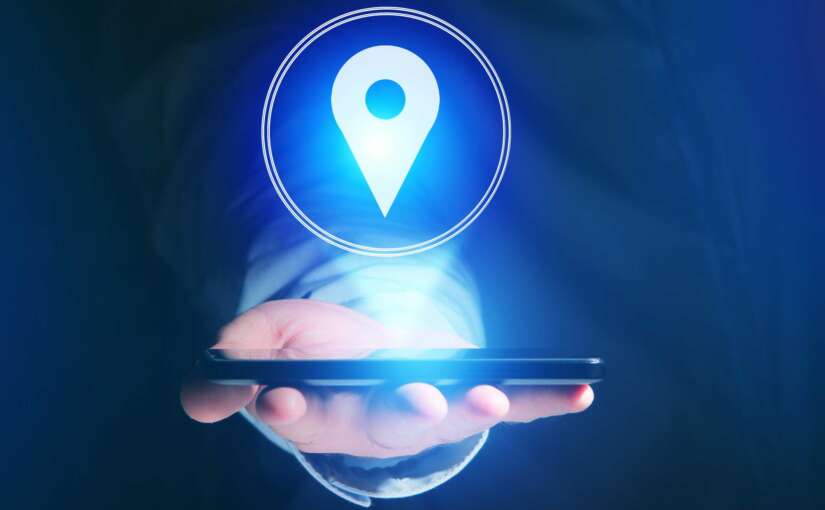To acquire and retain customers is a challenging task in a competitive environment. Now, more than ever, a high-quality product or service is a must. But it’s not enough on its own. The key factor determining if a customer stays or goes to a competitor is customer experience. And that is based on communication.
In retail, as well as other sectors, it is likely that the first thing a customer comes into contact with is a contact platform they communicate with when choosing or returning goods, or when booking an appointment. “Today’s digitally savvy consumers demand a fast, interactive, and personalized response; however, given the multitude of various communication channels and platforms, it may be difficult to keep the customer’s journey clear and simple,” explains Marcel Vejmelka, Senior Business Consultant at Soitron. Thankfully, there are solutions on the market that eliminate this problem and bring this very important part of business to the next level.
It is essential to get rid of silos
There are many systems and platforms ready to meet all requirements. One platform designed specifically for this purpose is Webex Cloud Contact Center (Webex CC): “By deploying it, you can break down communication silos and create an omnichannel environment in which separate channels work together. This includes voice services, SMS, chatbot, web, WhatsApp, Facebook, and other communication channels,” says Vejmelka. This solution also goes beyond a simple connection with the customer. It is directed inwards and supports communication with the company’s business systems and in-house customer data.
It is this interconnection, trend analysis, feedback, and identification of various events in a customer’s life that enables an organization to move towards a personalized customer experience. “For instance, you can set up an automated process to trigger specific communication a month and a week before (or after) a contract expires. You can also customize contacts to specific types of customers, such as loyal customers, high spenders, and Apple or Android users. The possibilities are virtually endless,” says Vejmelka.
A platform as a service
Cisco has built the entire platform as a service; its parameters are set explicitly to fit the needs of a specific customer. The platform is rented by a partner/integrator. Before it can be deployed in an organization, it is necessary to conduct a business process analysis. “It is only then that the business processes are implemented and deployed in the platform. This ensures that the investment actually makes sense,” says Jaroslav Martan, Cisco’s Collaboration Specialist.
#CiscoExpertTip – odborníka Cisco pro oblast collaboration Jaroslava Martana: Webex CC nepotřebuje složité programování
The Webex CC platform is a low code/no code solution. The individual building blocks of the platform can be moved within the communication logic with no complex programming: “This is a major benefit because it allows sales people who are most familiar with the intricacies of customer relationships to be directly involved in the actual platform configuration,” Martan explains.
Since it works with customer data, Webex CC also carefully addresses the issue of security. Cisco cloud solutions adhere to the highest security standards. For example, the content of all phone calls is encrypted so that no unauthorized person can play it back. For European customers, Cisco guarantees that their data will not leave the EU as well as GDPR compliance.
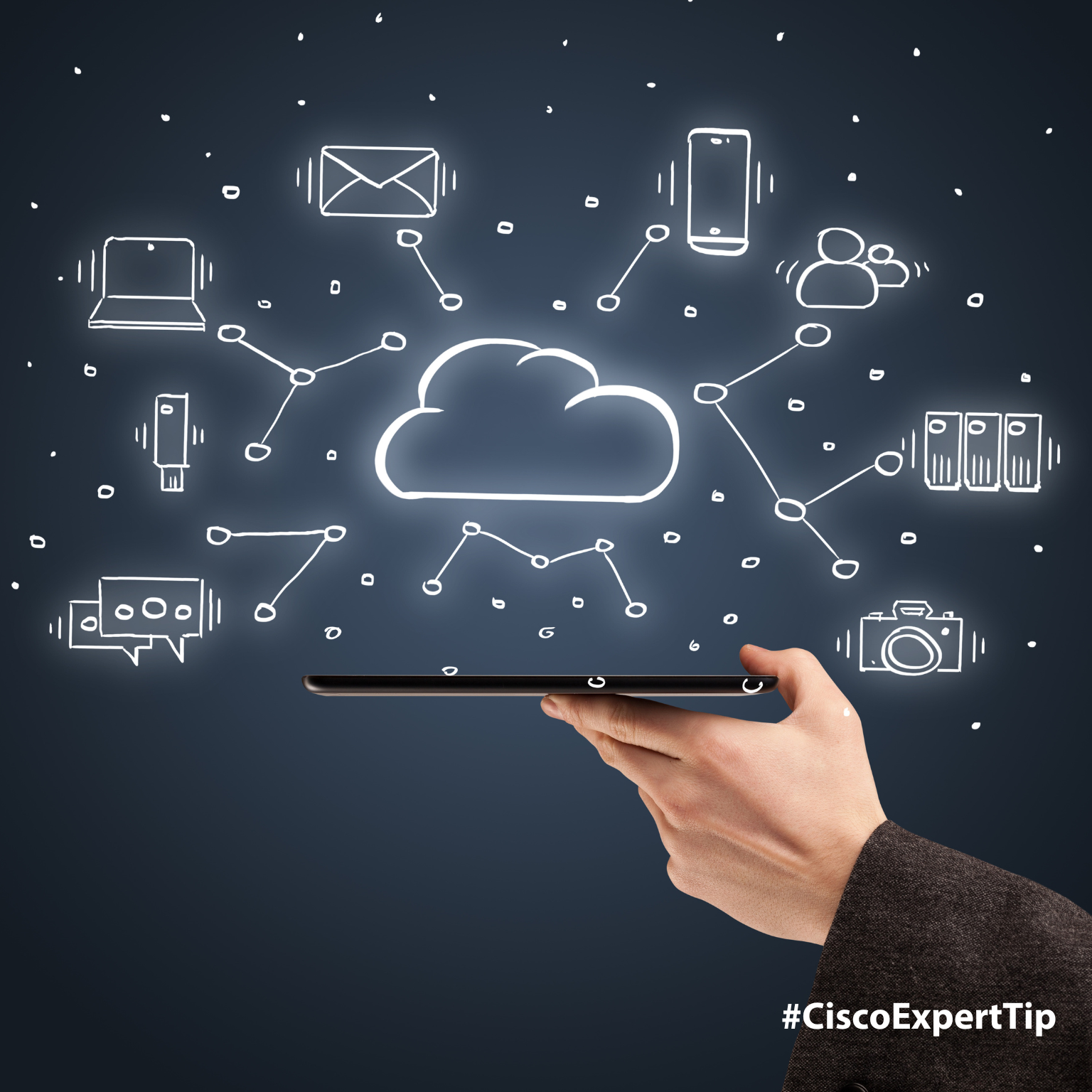
Getting rid of operator turnover
Webex CC offers more than just benefits for customer relationships. In today’s environment, where hybrid working has become very popular, the system offers functionality for remote operators, allowing them to work from anywhere and at any time. The platform eliminates the majority of on-premise hardware, servers, and other devices requiring regular upgrades or replacement.
With Webex CC, there is no need to build and maintain a physical contact centre. This solves the problem of employee turnover, which is usually huge in this service segment. Operators who work remotely are happier and more loyal, and they ultimately know much more about customer needs. For example, at the telecommunications giant T-Mobile, they were able to move 12,000 operators from contact centres to remote environments with the help of Webex.
No closing time and excellent ROI
Once deployed, Webex CC’s sophisticated configuration delivers very concrete and precisely quantifiable savings. In a paper entitled “The Total Economic Impact of Cisco Webex Contact Center”, Forrester Research analysts calculated that the payback on Webex CC would take thirteen months and that the ROI would be 262%. The cloud platform has no limitations on operation times and can run 24/7 with no problems. It is a more than suitable solution for the e-commerce, healthcare, and financial services segments.


